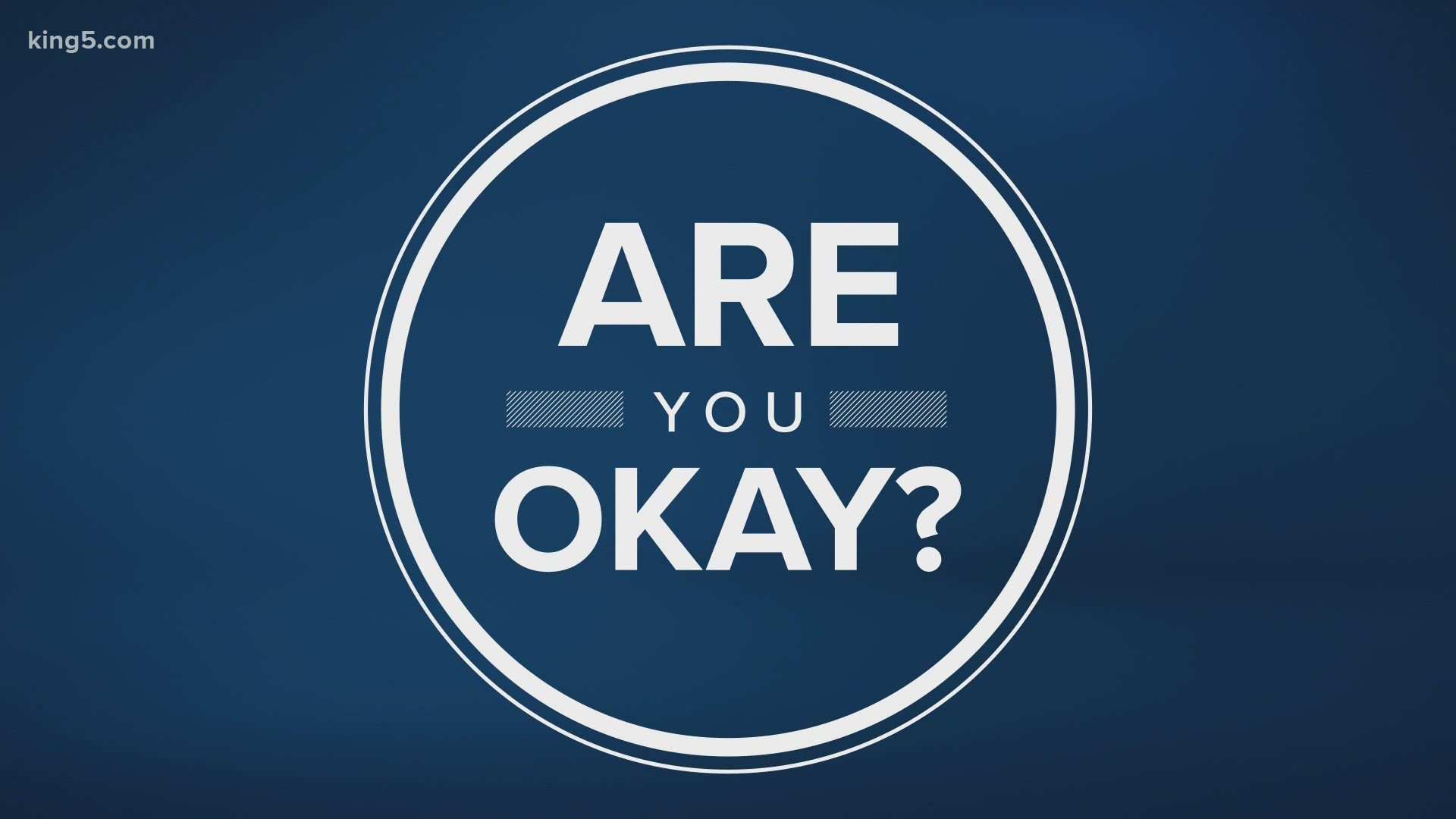Last week the Bellevue School District and its teachers reached an agreement to bring students back for in-person learning. Other districts, like Tacoma Public Schools, are using hybrid models and expanding in-person learning for more students.
And, after nearly a year at home during the pandemic, many kids are gearing up to get back in the classroom. But this time things are different.
Dr. Chris Ladish, a pediatric neuropsychologist with Mary Bridge Children’s, spoke about how parents can help create healthy back-to-school transitions for kids.
Pandemic nervousness and in-person learning
It’s natural for parents to feel nervous about the pandemic and sending kids back to school for in-person learning. Ladish said every family is weighing the risks. And she encouraged parents to ask questions and consider what is best for their family.
“The good news is that we know so much more now than we did a year ago,” said Ladish. “We have data and studies to draw from for safe returns to the classroom.”
On Tuesday, the Centers for Disease Control and Prevention (CDC) published a policy to guide opening schools safely in "The Journal of the American Medical Association." The policy includes large studies for a number of American states where in-person learning has not been shown to be a major COVID-19 spread-risk.
The CDC finds that schools with universal mask use, social distancing and separation have mitigated spread-risk successfully. Additionally, some schools upgraded ventilation systems and now use air filters. And the report emphasizes the importance of handwashing.
On Jan. 29, the Washington State Office of the Superintendent of Public Instruction announced a partnership with Kaiser Permanente to vaccinate teachers.
Back-to-school jitters and talking with your child
You might be feeling anxious about sending your child back to school during a pandemic. But Ladish said your kid might be feeling anxious about other things.
“There are reasons for anxiety in children and teens that we often don’t consider,” said Ladish.
She listed social pressure, waking up early, academic load and being in front of others as anxiety-inducing experiences for many school-age children. If your child seems anxious, Ladish recommends that you check in.
- First, listen. Take the time to understand what your child is feeling anxious about.
- Talk with your child. Younger children might not respond to a bunch of statistics. So, consider your child’s age and maturity level. Share your feelings or past experiences to relate.
- Routines can be tremendously helpful. Keep the same bedtime and mealtimes.
- Practice without pressure. You might take your child to his or her school on the weekend and just walk around for a few minutes. Or pack the backpack.
- Reinforce the positive. Remind your child or teen of the good things about school. And follow up at the end of the day to see how things went.
How to help kids who already live with anxiety go back to the classroom
The pandemic has intensified just about everything, including our feelings. For children who have an anxiety disorder, Ladish said it’s a good time to review the approaches that work for your child.
“Take things one day at a time,” said Ladish. “And have a plan to help.”
Ladish said kids who live with anxiety can practice mindfulness, revisit some of the coping skills that work best for them and remember their strengths. She reminded us that it’s okay to move through life one day at a time, one hour at a time or even one moment at a time.
She also emphasized that there is usually more than one path. For children who live with anxiety or depression, she recommended having a plan. This way, if things start to feel too intense your child can help themself. Ladish suggested having one or two exercises, like slowing breath.
She also said kids and their parents can identify a safe adult at school who understands them. Your child can go to the safe adult if they need to. Then, your child can take a break from the intensity. If the plan isn’t helping in the way your child needs it to, a parent should be called.

